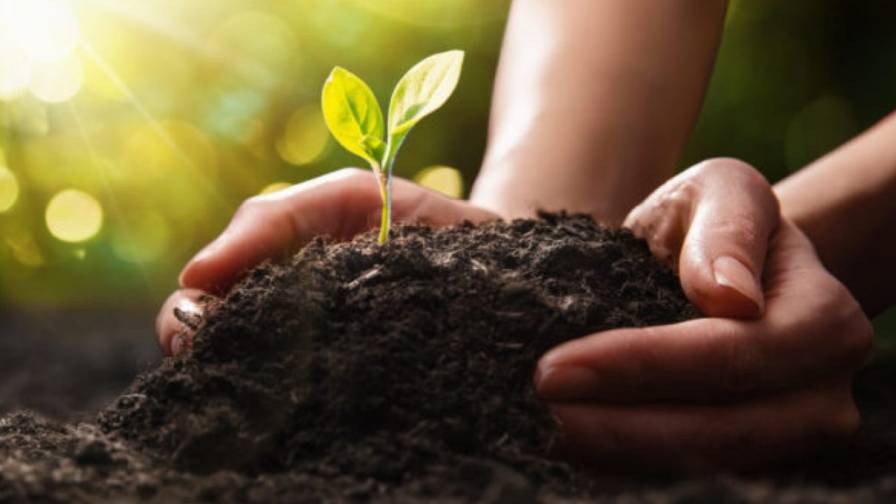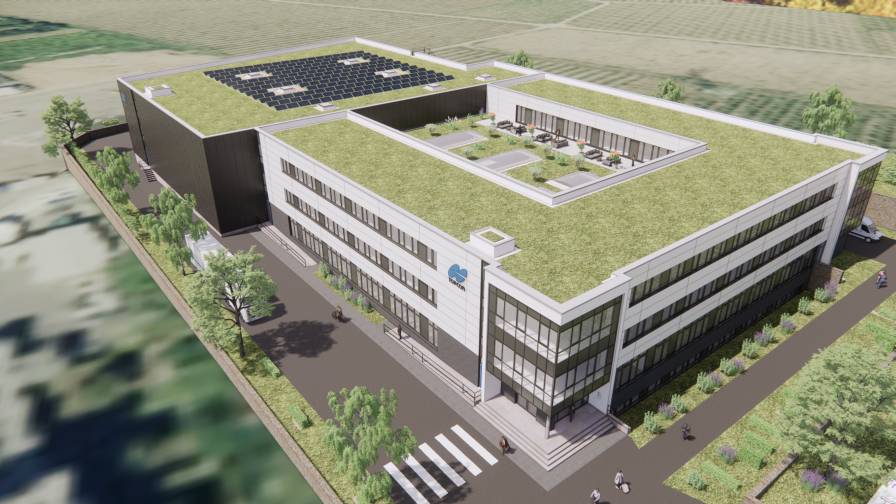Sustainable Farming Has an Unlikely Ally: Satellites
The race to remove CO2 from our atmosphere is on. In an effort to draw down carbon at a meaningful scale, people are looking to the ground, writes Ben James at Wired. The top meter of the world’s soil holds over three times the amount of carbon currently in our atmosphere — and if we treat our land better, it could suck up even more.
This is good news for farmers. Companies and individuals desperate to offset their emissions by purchasing carbon credits are willing to pay farmers to use sustainable agricultural practices and sequester carbon in their fields. The problem? The process of verifying whether a field has sucked up additional carbon isn’t easy: Physical samples have to be regularly collected across the land and sent to a lab for processing.
Enter Perennial, a startup based in Boulder, Colorado, that says it has the answer. While studying at Brown University, chief innovation officer David Schurman met CEO Jack Roswell and president Oleksiy “Alex” Zhuk, passionate engineers from family farms in Michigan and Ukraine, respectively. When they got to Brown, they were surprised to discover that “agriculture as a whole was essentially forgotten” by technologists, says Zhuk. Today, their ambition is to produce “the infrastructure that underpins the full vertical of the soil carbon market,” says Roswell. “No technology is solving a problem unless it’s solving the problem at scale and in a cost-effective manner,” says Roswell. “We’re actively monitoring every field for carbon removal and net emissions, in the US and beyond.”
Jim Kellner, a professor at Brown University and Perennial’s chief scientist, explains that the company’s technology relies on multispectral satellite imagery. This means measuring the reflected light from Earth in narrow bands across a broad range of the electromagnetic spectrum, capturing information that’s invisible to the human eye. Kellner says analyzing the spectrum of reflected light allows accurate identification of carbon in the soil, even using satellite images with a spatial resolution of only 10 meters. By comparing the amount of light reflected at different wavelengths, “you can learn to identify materials, even without the picture,” he says.








